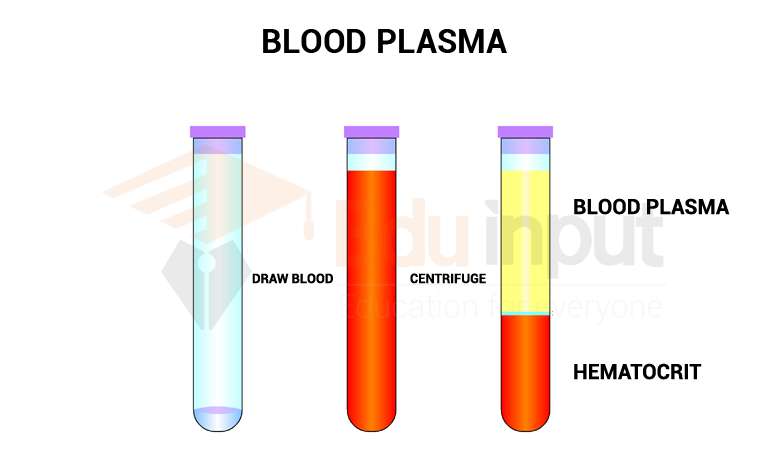What is Phloem?-Components and Types
The phloem is a part of the vascular system in plants. It transports nutrients from source leaves to sink organs. In addition, it also carries signals between plant cells.
A phloem is a complex network of tubes that transport sugars and other nutrients throughout the plant. This is where the phloem communicates with the rest of the plant.
Phloems are living conducting tissues. They conduct prepared food from leaves to different parts of the plant. They are also involved in the storage of food and mechanical support. They are always associated with the xylem to form vascular tissues.
Components Of Phloem
The phloem is composed of sieve elements and companion cells, phloem parenchyma, and phloem fibers.
Sieve Elements:
The cells that are elongated and have sieve areas in their walls are called sieve elements. These sieve areas are created by pits that have been modified. The protoplasts of the cells next to the sieve elements are continuous through the pores.
The sieve elements have primary thin walls. The sieve areas have pores with cytoplasmic connecting strands. These strands may be thin like plasmodesmata. These strands are surrounded by cellulose (a carbohydrate).
The sieve elements are divided into sieve tube members and sieve cells.
(a) Sieve cells: The sieve areas are not specialized in sieve cells. These areas are not restricted to some specific part of the wall of the cell. The sieve cells are arranged in longitudinal files. The sieve areas are present mostly in the adjacent walls of the sieve cells. The phloem of gymnosperms and lower vascular plants contain sieve cells only.
(b) Sieve tube members: Sieve areas are well developed in sieve tuber members. Sieve areas are confined only to the end walls of cells. They form sieve plates at the end walls. The sieve tube members join end to end to form long tubes called sieve tubes. The phloem of angiosperms is composed of mainly sieve tube members.
Companion Cells:
Parenchyma cells that are closely associated with sieve elements are called companion cells. These cells eventually form a sieve element and are cut off from the cell’s initial. Companion cells are living and physiologically active, meaning they play an important role in the plant’s function.
They have a prominent nucleus and are in close contact with sieve tube elements. Albuminous cells, which are similar to companion cells, take on a similar function in gymnosperms and lower vascular plants.
Sclerenchyma:
Sclerenchymatous fibers are commonly found in both primary and secondary phloem. The fibers occupy the outer portion of the primary phloem.
Parenchyma:
Small parenchymas are present in both primary and secondary phloems. These parenchyma cells are arranged vertically in the primary phloem. But these are arranged vertically and radially in the secondary phloem.
Types Of Phloem
There are two types of phloem:
Primary Phloem:
The phloem formed as a result of primary growth is called the primary phloem. Primary phloem is initiated in the embryo. It develops from procambium
Primary phloem has two types.
(a) Protophloem: Protophloem is composed of elongated sieve elements only. They lack companion cells. Sieve tube elements lack a nucleus. So they remain active only for a short time. Thus they soon disappear.
(b) Metaphloem: Metaphloem matures later than protophloem. So they remain active for a longer time. Secondary growth does not occur in monocot plants. So they remain active in the monocot throughout life. But in monocots, they disappear after secondary growth.
Secondary Phloem:
The phloem formed as a result of secondary growth is called the secondary phloem. It has two types:
(a) Vertical system: Vertical system is composed of sieve elements, companion cells, phloem fibers, and phloem parenchyma.
(b) Ray system: Ray system is composed of ray parenchyma only.

 written by
written by 



Leave a Reply